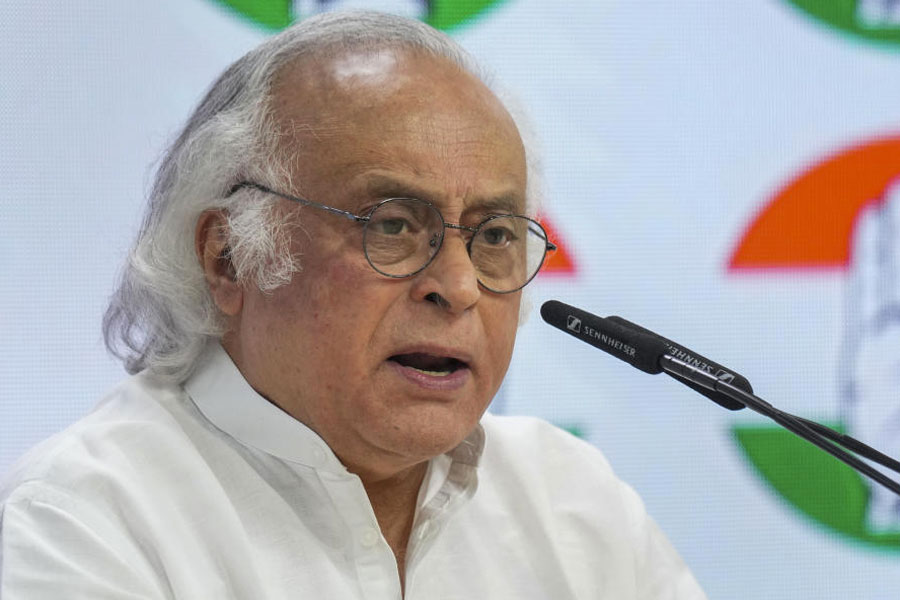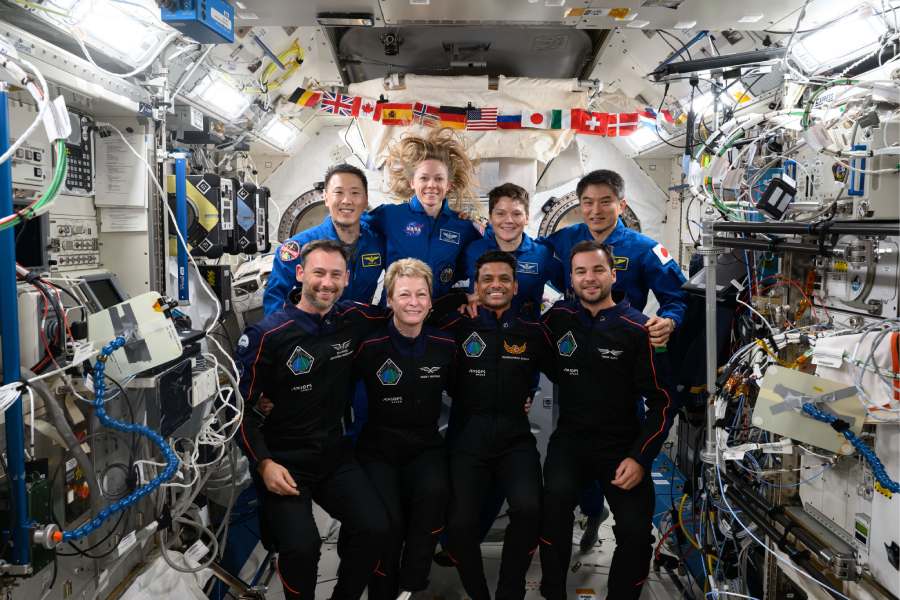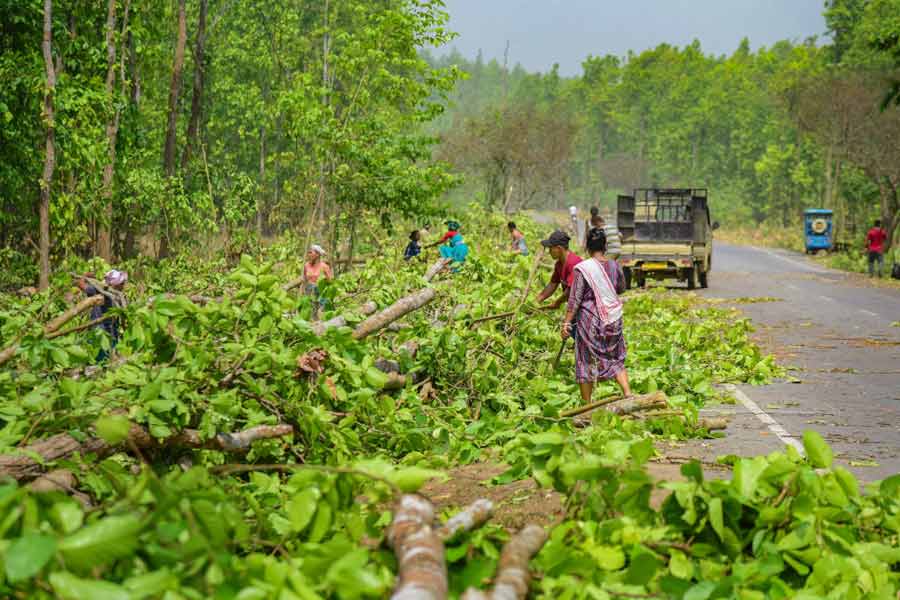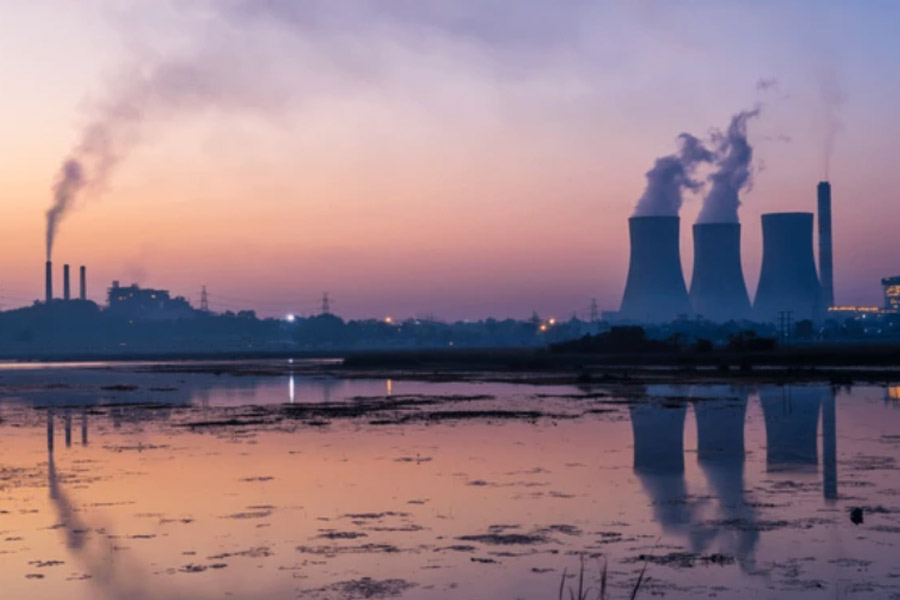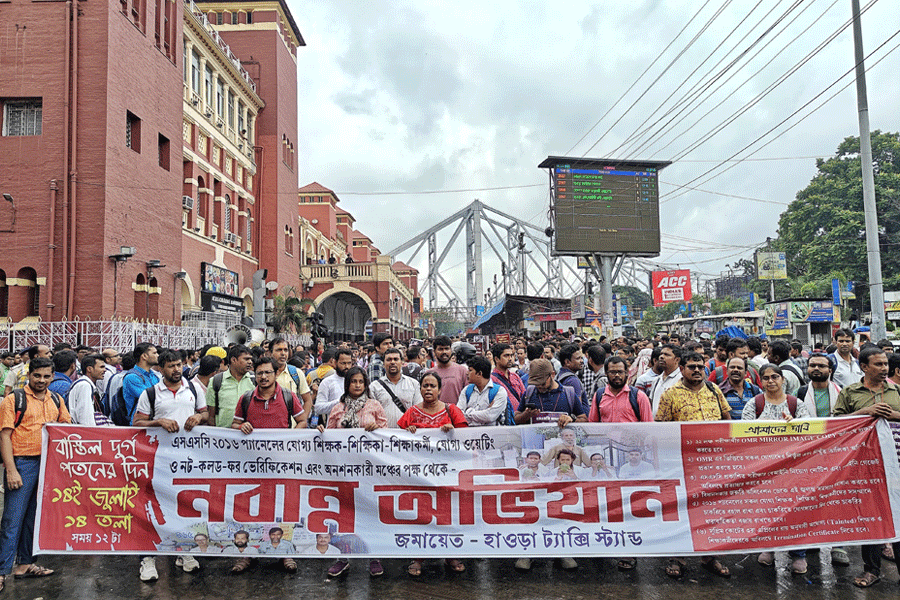 |
| Madan Mohan Temple at Boreya in Ranchi |
Jharkhand groundwater directorate can learn from a 291-year-old temple on rainwater harvesting.
Madan Mohan temple at Boreya, near Kanke, was founded in 1722. In a divine ecological brainwave, the architecture of the nearly three centuries old temple is such that it is able to keep on recharging the water table of the area. Even during summer, Boreya residents don’t fear water scarcity.
The stone temple’s roof has a typical pyramid in the middle and a depression around it. The pyramid gives the architecture its temple aesthetics while the depression acts as a canal to collect rainwater.
Some three centuries ago, there were no PVC, ductile iron, steel or copper to make water pipes.
So the inventors did something safe and effective. They took a piece of rock, made a hollow and attached it to the roof, enabling water collected in the depression to flow and drip-drop straight into a small well below.
The biggest surprise is this. Though no one has excavated and seen any proof of this, the well seems to have an underground tunnel constructed to connect a far bigger well.
What people have been seeing since the 18th century is that whenever water drops from the temple roof and fills up the small well, the bigger well nearby gets recharged with water.
Lawlesh Ji Tiwari, temple priest, said: “Even our grandfather used to say that the rainwater harvesting at the temple saved us from water crisis.”
S.K. Tiwari, another Boreya resident who has his home near the temple, seconded the priest: “Thanks to this system, till date we have not faced any acute water crisis.”
On contacting Jharkhand groundwater directorate boss S.L.S. Jageshwar, he said: “I wish people go and see the temple and take lessons. City groundwater table is depleting fast. So much rampant exploitation of groundwater has taken place that these indigenous innovations must be recognised and get pride of place,” he said.
On why Kanke Road reels under water crisis and Boreya does not, he added that the former was, from the point of view of urbanisation, an overexploited area.
Across the capital, groundwater level is depleting at the rate of 2 to 3 metres every year.
The state groundwater directorate has stressed on mandatory rainwater harvesting across the city, urging home and high-rise flat owners to take it up and Ranchi Municipal Corporation (RMC) to implement and monitor activities.
Since July 1, RMC has come up with fresh rules for deep well boring and directed owners of the machines to get them registered with the civic body. RMC public relations officer Naresh Kumar detailed the specifications.
“Boring for tube wells done through 4-inch machines is permitted for private houses. A drill above the 4-inch one is banned under normal circumstances. A residential or commercial complex that wants to drill with a 6-inch or 8-inch borer needs RMC permission,” he said.
Jageshwar said what temple architects knew in 1722. “Groundwater is like a bank. If you withdraw money, you also need to deposit it. Else, the bank will be empty one day,” he said.


